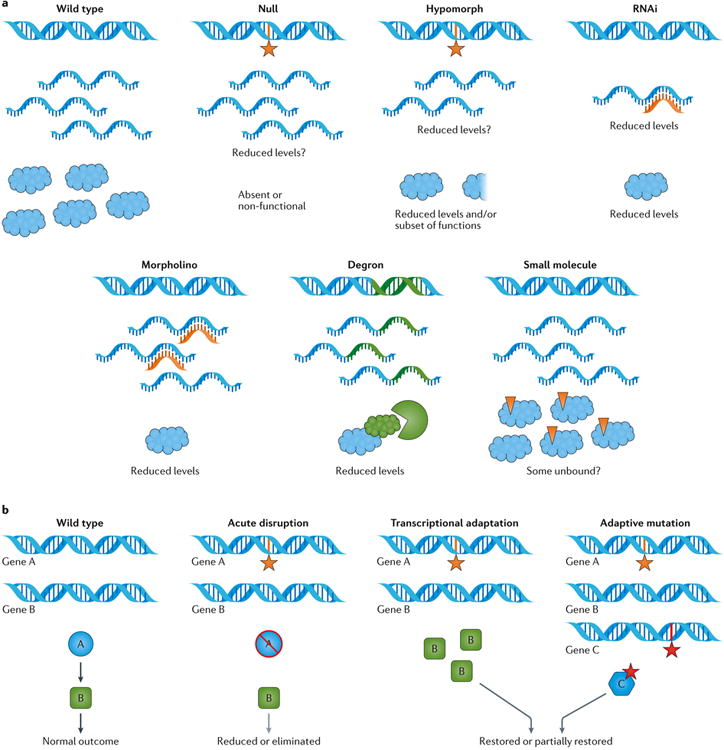Figure 2. Effects of different LOF approaches and potential for compensation.

a | Different loss-of-function (LOF) reagents have different effects on RNA and proteins. Null mutations can result in no RNA, RNA of a different length (for example, shorter, as in a small deletion), or a full-length RNA with a nonsense or missense mutation, which may or may not be as stable as the wild-type transcript. In a gene deletion that results in a null mutation, the protein would be absent; however, nonsense or missense mutations can result in the production of a truncated or full-length but non-functional protein, which would also behave genetically as null. Similarly, for hypomorphs, the nature of the allele alone does not tell us the effect on RNA or protein levels, stability, or length. For some hypomorphic alleles, RNA levels are reduced; in others, the protein is wild-type in function but is reduced in abundance, has weak activity compared with wild-type, or has only a subset of the full set of wild-type activities (for example, when one but not all functional domains are disrupted or when a key residue of a protein with both catalytic and structural roles is disrupted). With effective RNA interference (RNAi) reagents, RNA sequences are wild-type but levels are reduced, leading to reduced levels of the protein. With morpholinos, RNA is present but translation or splicing is blocked, leading to reduced levels of the protein. For RNAi and morpholinos, the effectiveness of the reagent (for example, percentage knockdown), as well as the initial abundance and/or the half-life of the protein can affect the protein levels and thus, the timing and severity of a LOF phenotype. With a degron approach, in which proteins are targeted for proteolysis, RNA is present and protein levels are reduced. With a small-molecule approach, protein levels are typically not affected. In this case, some reduced level or subset of wild-type activities could result, for example, from a structural contribution made by protein bound to a small molecule that only affects a catalytic domain, and/or by a population of unbound protein. b | Compensation following acute or long-term LOF disruption. With acute disruption of gene A, the pathway, complex or other activity in which protein A participates is disrupted, leading to the reduction or elimination of the outcome. When cells have time to adapt to a disruption, transcriptional changes such as the upregulation of positively acting factors or the downregulation of negatively acting factors might partially or fully restore the outcome. In addition, cells might accumulate one or more mutations in genes controlling the same activity (for example, activating mutations in positive regulators or inactivating mutations in negative regulators), and/or mutations in alternative pathways or activities that also affect the outcome, leading to partial or full restoration of the outcome.
